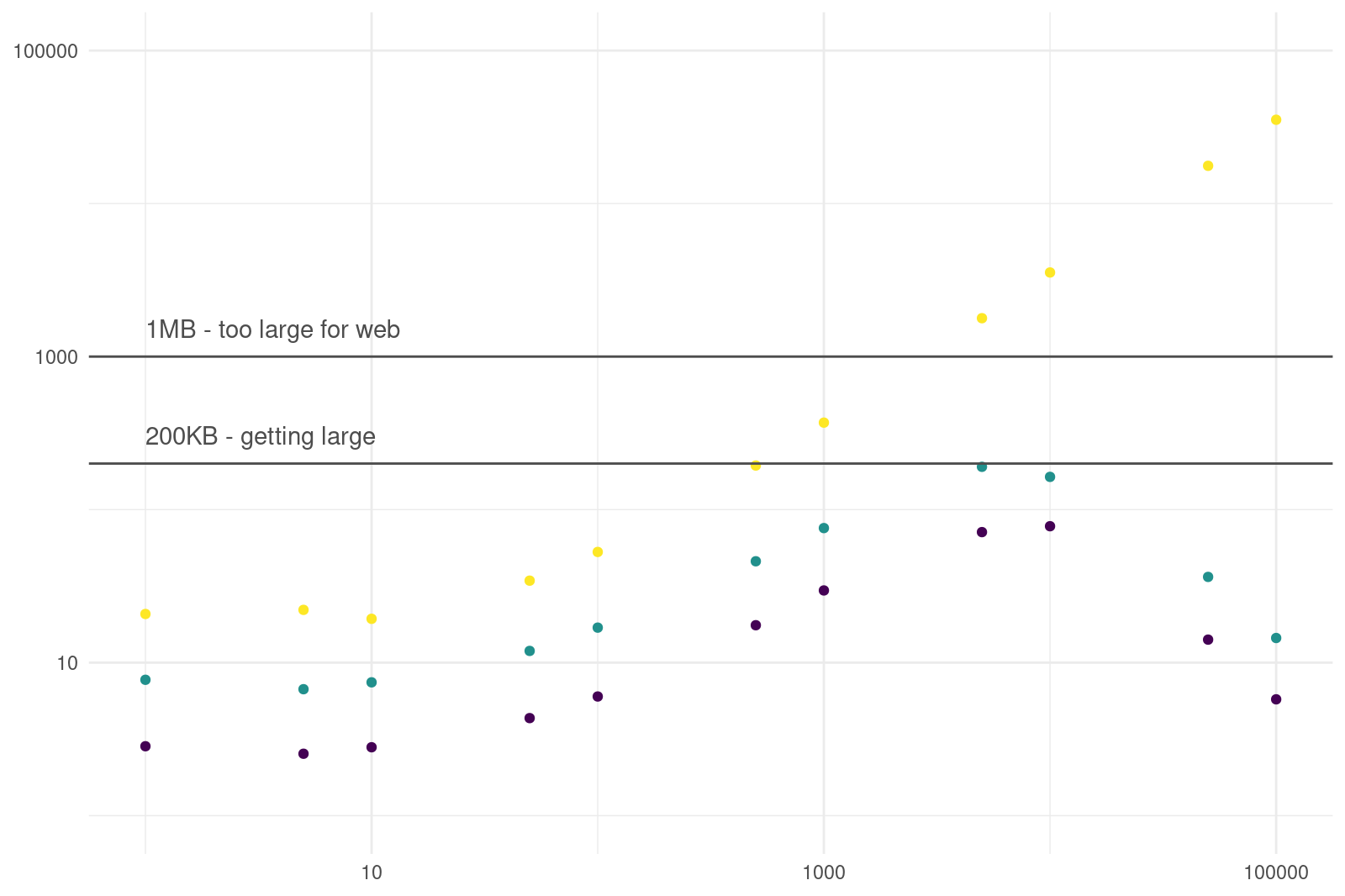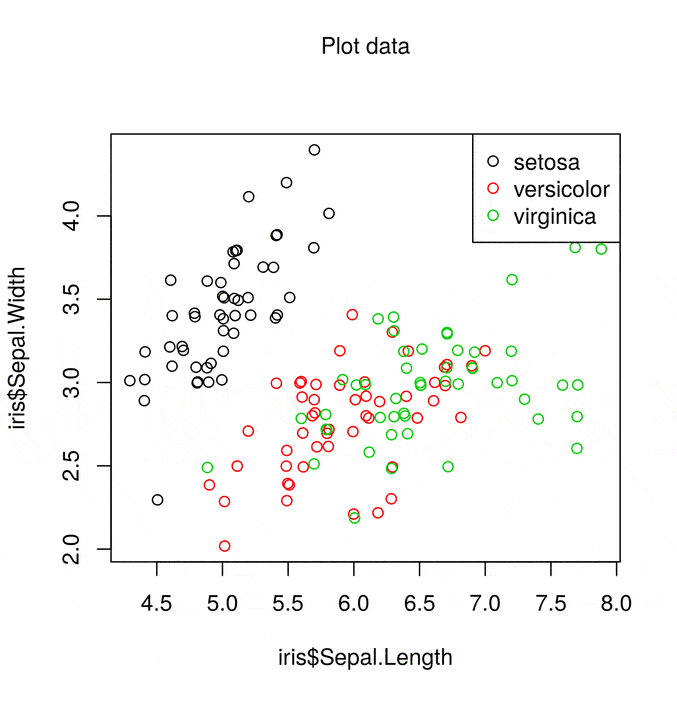External Graphics with knitr
Published: February 23, 2021
Adding images with {knitr} is straightforward; we simply use include_graphics(). However, it is easy to add an image that is too large, or has the wrong dimensions. This post tells you what to watch out for, and how to optimise your images for the web.







